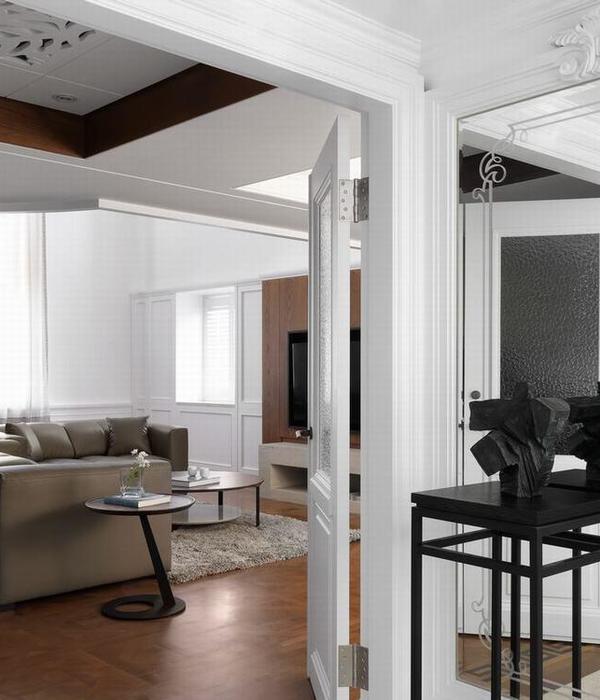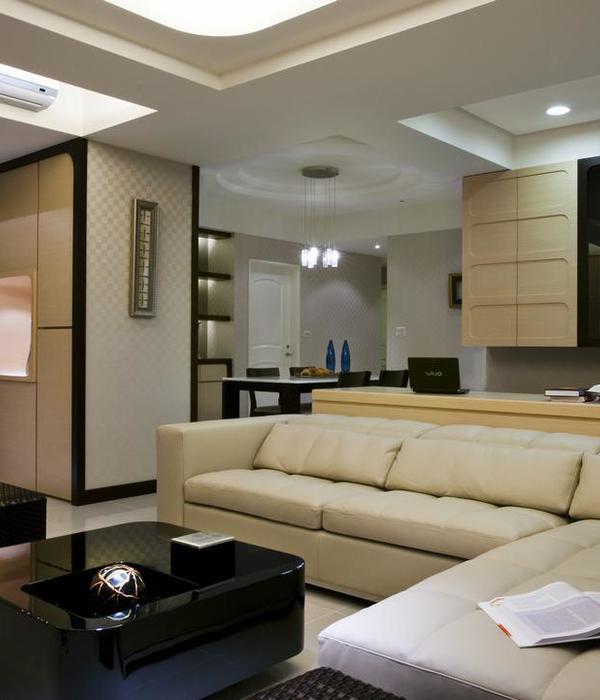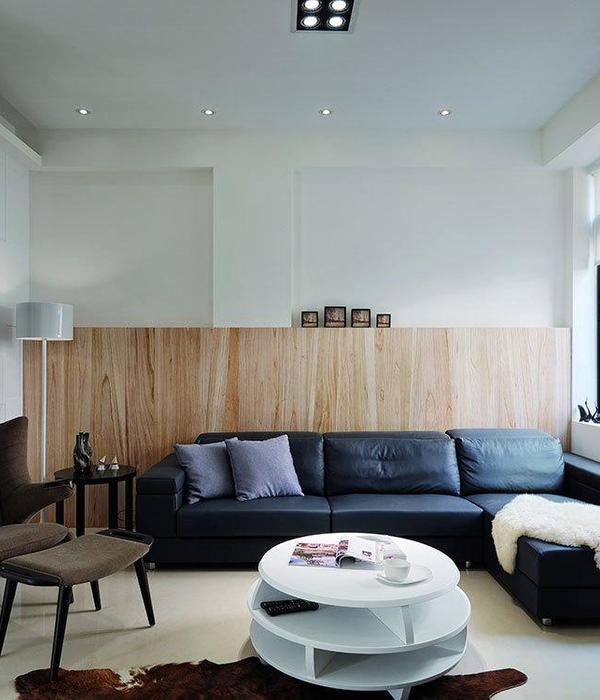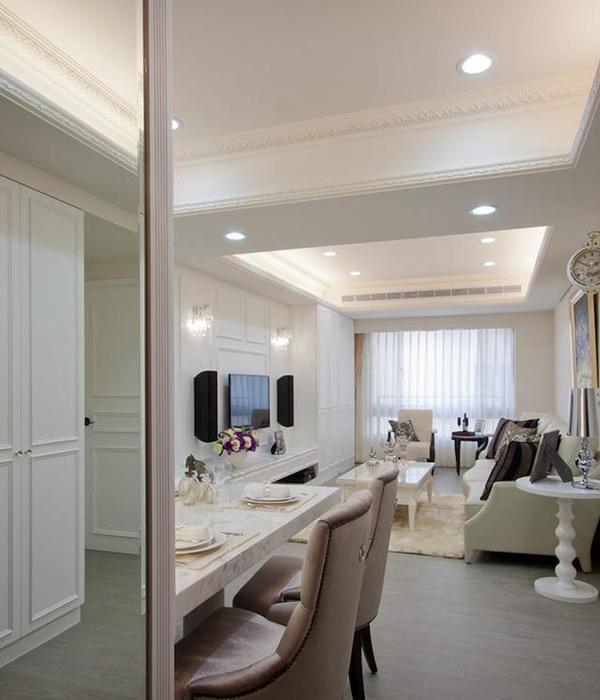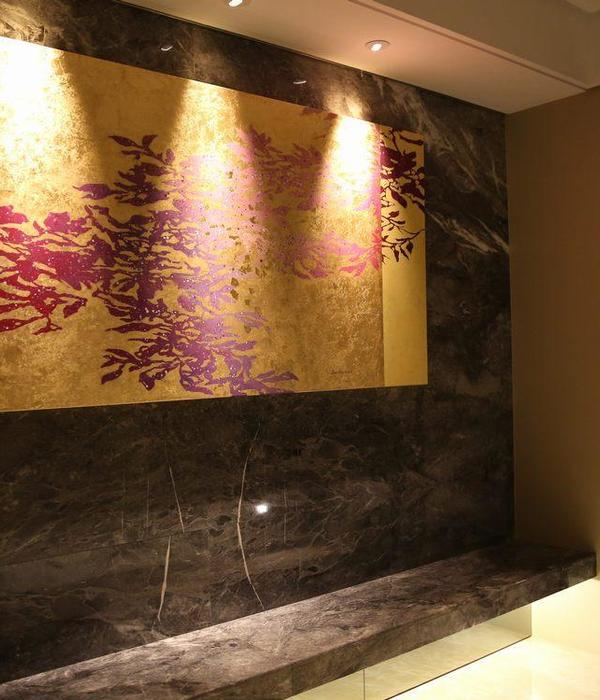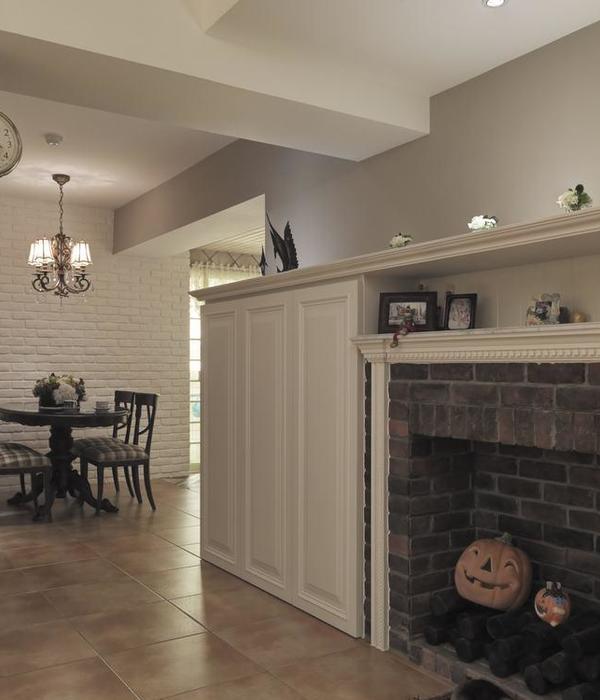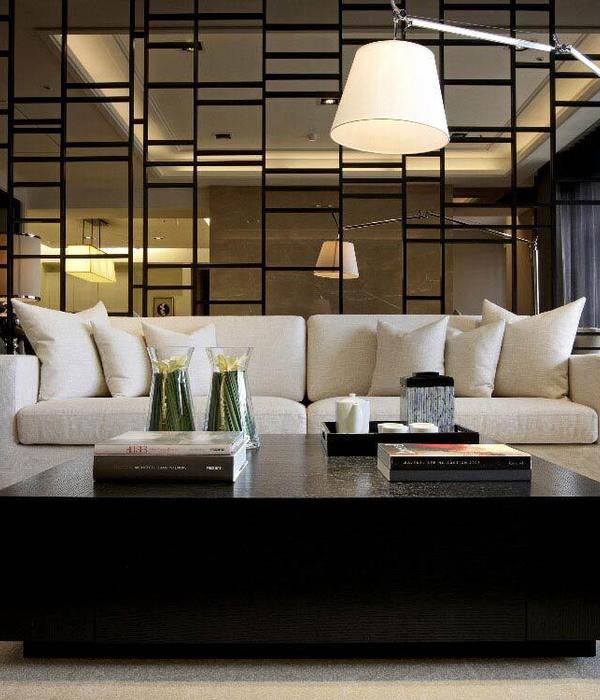The complex structure of concrete landscape
分类:未归类园林工程实例
内容:实景照片
图片来源:Superpool
图片:14张
建筑材料混凝土一直是罗马帝国建筑物所使用的主要的建筑材料,原因主要就是因为其具有非常好的可塑性。液体的混凝土可塑性更好。因此,从理论上来讲,这是一种非常好的建筑材料。然而,在建筑的实践当中,要想用它去构建复杂的结构,却也是非常困难的。
该建设项目是由丹麦技术学院主办,与此同时,又涉及到了十四个合作伙伴,如捷克技术大学、苏黎世技术大学、查尔姆斯理工大学等多所高等院校。在项目的设计建造当中运用和尝试探索了多种施工技术,如可供选择的应用模板和机器人等。通过运用这些技术手段,来弥补混凝土在生产使用当中的缺陷。
该项目的技术可行性已经被其合作伙伴给予了必要的证明。在模拟演示阶段,通过机器人,将混凝土板进行雕刻,然后进行必要的折叠设置。该种结构的跨度可以达到23米左右,长度可以达到6.5米,厚度有差别,最厚的地方只有25厘米。
Construction has been an important part of architectural practice since the Roman Empire. Extremely malleable, fluid concrete is capable of being poured into almost any conceivable form. In theory, this makes it an ideal building material. In practice, however, creating complex forms out of concrete is extremely inefficient.
Tailor Crete is led by the Danish Technological Institute, and involves 14 partners such as Czech Technical University, ETH Zurich, and Chalmers University of Technology. The project explores a variety of construction technologies, such as alternative formworks, and robotics. The goal, according to the Tailor Crete website is to “replace the use of traditional formwork and thus enable greater flexibility in producing singular concrete structures with different geometric designs. Through the development and use of self-compacting concrete with robots, a link will be created between digital design and the fabrication of materials and components and ultimately to the on-site construction processes.”
Partner Superpool has already demonstrated the fruits of this research. Their Full Scale Demonstrator (FSD) is a sculptural form built from concrete plates that have been folded via robotics before fully setting. This optimized structure spans 23 meters in length and 6.5 meters in height while having a thickness that is, at maximum, only 25 centimeters
混凝土的复杂结构景观外部实景图
混凝土的复杂结构景观外部局部实景图
混凝土的复杂结构景观外部细节实景图
混凝土的复杂结构景观示意图
混凝土的复杂结构景观立面图
混凝土的复杂结构景观平面图
{{item.text_origin}}

